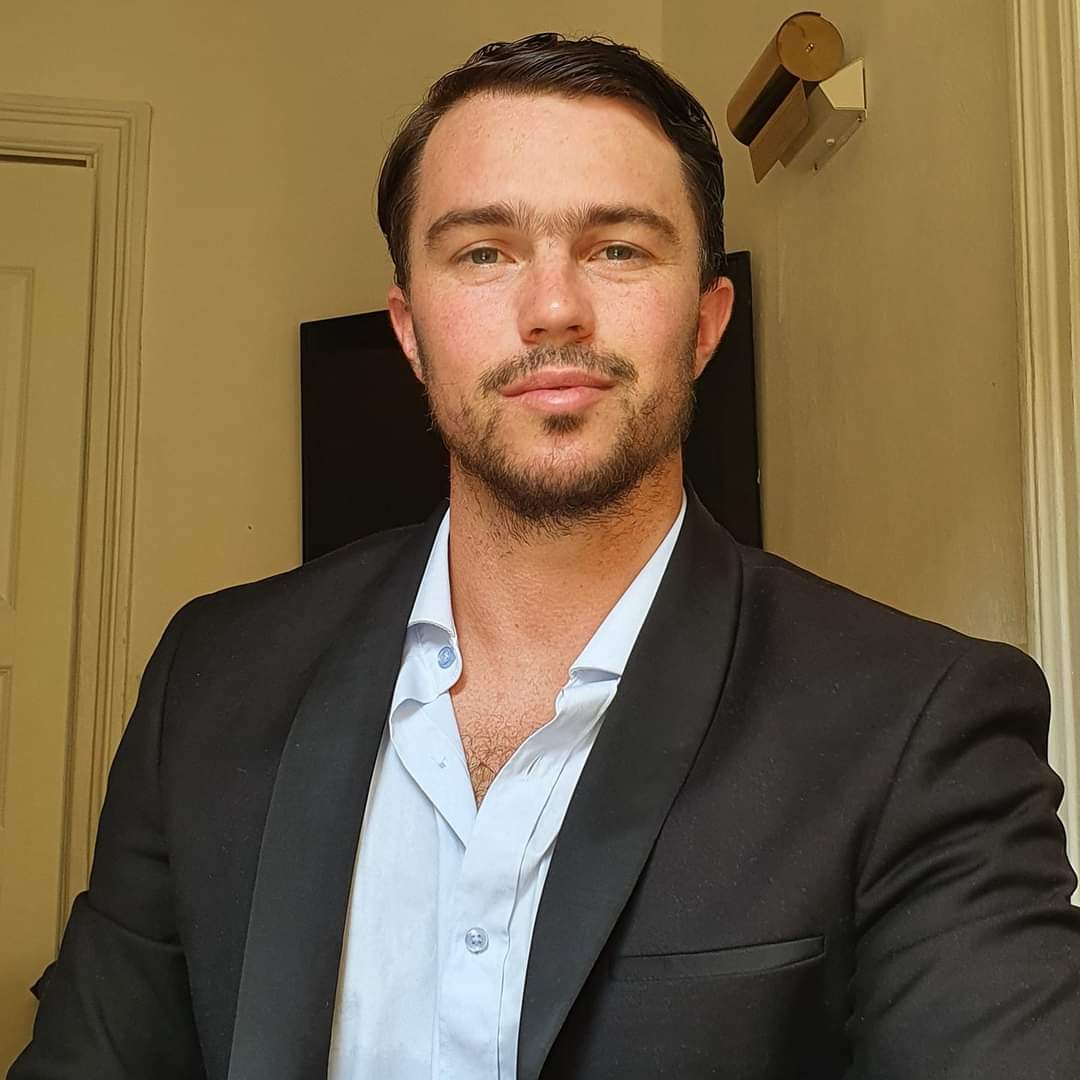Why Russia invaded Ukraine?
- Sebastian Palacios.

- Aug 17, 2022
- 4 min read
Updated: Sep 26, 2023
• According to Russia, the war started in 2014 when the Western-backed Maidan revolution forced then pro-Russian president of Ukraine, Viktor Yanukovych, to flee the country.
• Since the dissolution of the Soviet Union in 1991, Ukraine had alternated between pro-Western and pro-Russian presidents, and had transformed itself into a federal country that gave great autonomy to the eastern regions, which had a population that mainly was ethnically and culturally Russian.
• The revolution of 2014 erupted because Yanukovych halted the commercial, political and military agreements that his pro-Western predecessor, Viktor Yushchenko, had signed with the European Union and the US-led alliance NATO. Instead, Yanukovych tightened the relationship with Russia, and extended the lease of a Russian military base in Crimea with 25,000 soldiers until 2042.
• The population in the capital Kyiv and western regions revolted against those policies, as it was their wish to 'liberate themselves from the imperial influence of Russia' and integrate into the Western world. The revolution was very violent, with hundreds of casualties, and with the direct involvement of the US Department of State and powerful Neo-Nazi groups.
• The new Ukrainian government that was formed immediately after the revolution was very nationalistic and centralized, which meant that the autonomy of the regions was abolished and Russian language was not official anymore. Political parties, T. V and radio channels, and newspapers that were pro-Russian were also prohibited or severely restrained.
• Because the new government owed a lot to Neo-Nazis for their contribution in making successful the revolution, it gave them key administrative positions and the militias were integrated into the Ukrainian regular army.
• Crimea had been part of Russia since 250 years ago until 1954, when the leader of the Soviet Union, Nikita Khrushchev, who was Ukrainian, transferred it from Russia to Ukraine with the official argument of facilitating water supplies into this peninsula. After the USSR was dissolved, two referendums were held in 1991 and 1994 about the political status of Crimea. In both cases, the participation rate was above 80% and the option of integrating back to Russia won with around 90% of the votes, as just 15% of the population living there is ethnically Ukrainian.
• When the Maidan revolution of 2014 unfolded, a third referendum was organized by pro-Russian forces showing the same result. With the help of 25,000 Russian soldiers from the military base, the local population took over governmental buildings, Ukrainian forces were expelled from Crimea, and Russia annexed this territory, violating international agreements it has signed about the territorial integrity of Ukraine. Instead, Russia said these actions were justified using the United Nations right of peoples to self-determination.
• Following Crimea, the eastern Ukrainian provinces of Luhansk and Donetsk, known also as the Donbas region, declared their own separatist movement with the military support of Russia, so a civil war with more than 14,000 deaths started.
• The Western world then imposed heavy sanctions on Russia, but this did not stop its involvement in the region. One year later, in 2015, a peace agreement was signed in Minsk, the capital of neighboring Belarus, between Russia, Ukraine, Germany, France and the leaders of the separatist movement.
• The content of it basically stated that Ukraine would stop bombing the Donbas, regain its territorial control by giving more autonomy to the region, as Catalonia has in Spain, and organize new elections in which separatist leaders could participate as candidates. In exchange, Russia would stop delivering military support. None of the parties respected the Minsk agreements and Neo-Nazi groups travelled also frequently to the Donbas to commit human atrocities against pro-Russian groups.
• Ukrainian Constitution stated that the country should be neutral, but when current president Volodymyr Zelensky was elected in 2019, he changed it so Ukraine should instead try to be part of the European Union and the US-led military alliance NATO.
• Citing the interventions in Yugoslavia, Afghanistan, Iraq and Libya, and the fact that the alliance was created and maintained to counter Russian influence in Europe, Putin argued that NATO was not a defensive military alliance, but an aggressive one that by having military bases in Ukraine, could easily launch an attack at any moment into Russian territory.
• As Ukraine was still claiming Crimea as part of its territory and Zelensky promised to take it back actively from Russia, Putin stated that if Ukraine should join NATO, this could trigger a world war, as the US would have to fight directly against Russia over Crimea.
• The Kremlin had started previously to give massively Russian passports to the population living in east Ukraine, so Russia had a perfect excuse to intervene at any time to defend its citizens against 'Nazi Ukraine'.
• Taking into account the developments of the civil war, and Ukraine's new collaboration with NATO, Putin decided in November 2021 to issue an ultimatum to the US, Ukraine, EU and NATO. The objective was to seek a compromise by which Ukraine promised that it would never join NATO, a new security order in East Europe could be created, and finding a solution to the civil war in the Donbas. The US and NATO responded that they will never accept red lines from anyone, so Putin decided to unleash a full-scale invasion in order to secure its demands.
• Currently, Zelensky acknowledges that it is not realistic for Ukraine to join NATO, but that the country will never give up territory to Russia, including Crimea, whereas Russia is preparing a referendum to annex the Donbas region into its territory.
• Polls show that Putin and Zelensky have respectively 65 and 95% popular support in their countries, and there is still no compromise that could be reached to end the war.








Comments